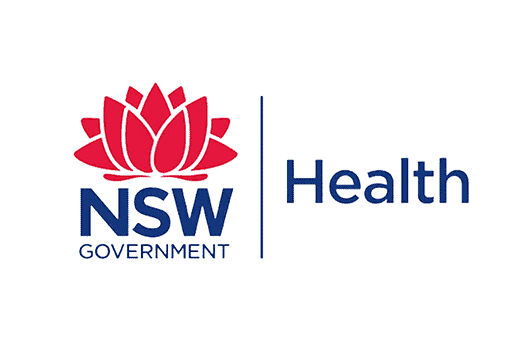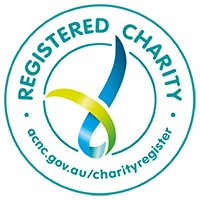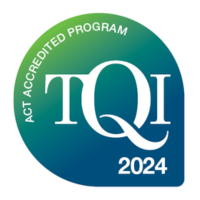Can’t do the Talk-And-Walk-A-Thon because your school is in lockdown? Here are 5 alternative activities that you can do remotely.
Now, more than ever, kids and young adults need opportunities to connect.
The Talk-And-Walk-A-Thon is, at its core, about connectedness. The conversation cards in the Talk-And-Walk-A-Thon tool kit (provided free to schools who register) can be used in different ways to help students build a sense of connection and belonging.
These activities enable you to still take part in this year’s Talk-And-Walk-A-Thon. Think of it instead as a Connect-A-Thon.
Idea 1: Students discover new things about their family
Lockdown is the perfect opportunity to get to know the people you live with better. When was the last time you had a meaningful conversation with a family member?
Ask your students to choose three or four of the conversation cards, and find a suitable time to discuss the questions with a family member. They could go for a walk, or even use the conversation starters as discussion points with their family at dinner time.
Younger children may need support from their parents to facilitate the conversations. But parents will most likely enjoy the conversation prompts too, and discussing the topics with their kids.
Idea 2: Students connect online
You could use the conversation cards before you start an online lesson with your students. You can take part too – connecting with students as individuals and human beings, not only as learners, goes a long way to building their sense of self and belonging. And it makes teachers more human too.
If you check in with your students one at a time, you may like to use some of the conversation starters to commence the conversation.
Another option is setting up a video call, like Zoom, with a small group of students specifically to connect using the conversation starter cards. Zoom offers breakout rooms too, for smaller group sessions, but make sure you’re aware of your school’s rules for using video conferencing before you schedule a meeting.
Idea 3. Students reflect on walking and talking and create footprint art
Students can go on a walk with a family member or a friend (if allowed under the restrictions in your area). After the walk, you could invite them to reflect on how they felt and what the learned during the walk.
You could ask them to express their ideas as a footprint, either creating their own shape or using the template in the digital toolkit. You may like to collate the footprints into a presentation or visual representation of your students’ experiences, bringing the individual walks together virtually.
We have included a footprint template in the digital tool kit, available free when you register for the Talk-And-Walk-A-Thon.
Idea 4: Students take part in an interactive quiz
Consider using an online platform, like Kahoot, to run a ‘get to know each other’ quiz. You could set up a quiz using the questions on our conversation cards – or make up your own. You might choose to do this with smaller groups of students to encourage interaction.
As the teacher, you could host a facilitated conversation where you draw out students responses. We recommend inviting each student to respond to each question. It might be helpful to explore the differences and similarities of each student’s answer. Draw links and help them make the connections. For example, “Did you know Mohammed has a pet fish called Dory? Who else has had a pet fish and did it have a name?”
Idea 5: Students come up with their own connection project
Invite students to consider what connection means to them. Who are the people they feel most connected to? Who else do they feel some connection to, like other people in the community or relatives who live far away? Are there people they would like to feel more connected to? What are some ways you can build connection?
Empower students to think of their own activity for building their sense of connectedness. Perhaps they could call a cousin they haven’t spoken to for a while. Or they could write a letter to someone in their class. Or they could write a story or draw a picture of someone who is important to them and explain why.
Consider all the people you connect with over the course of the day especially while you are teaching and learning remotely. All these connections – with siblings, carers, peers — contribute significantly to our sense of belonging and importantly to our sense of self. Bringing these connections into our conscious mind is important in fostering wellbeing.
Your students will be able develop their understanding of these issues further by participating our new Belonging module as part of the Peer Support Program.
Find out more about the Talk-And-Walk-A-Thon here or register your school and we will be in touch to discuss how your school can adapt the event to suit you.




